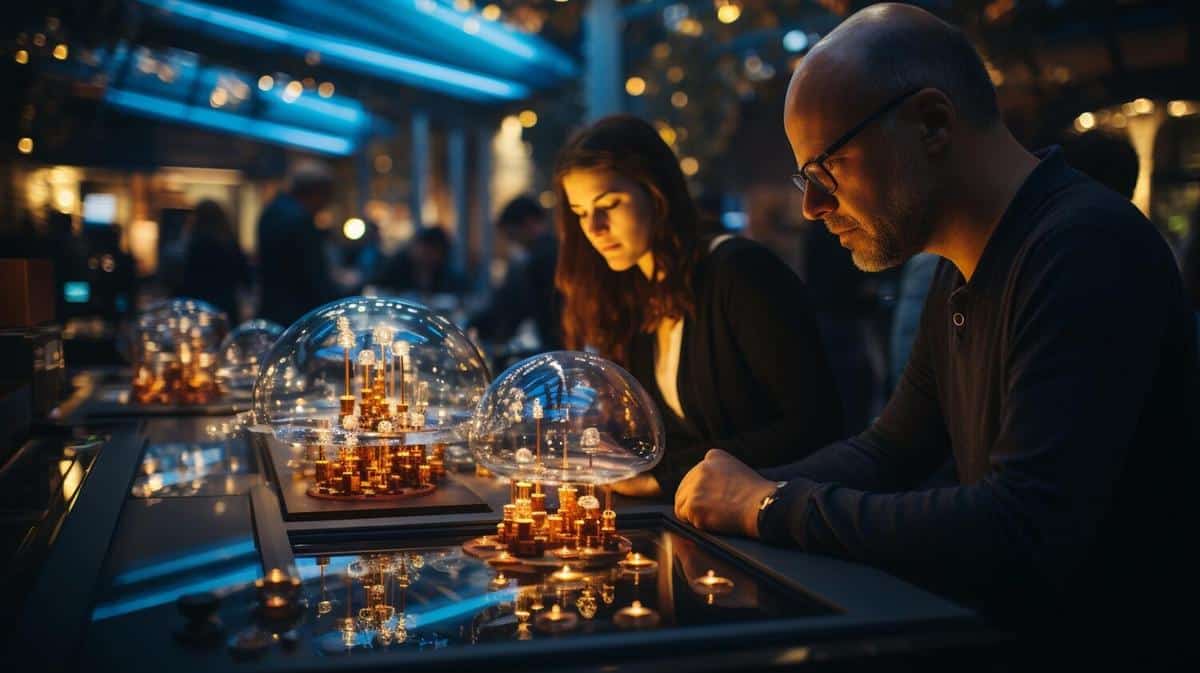
AI in Education: Transforming How We Learn
Artificial Intelligence (AI) is reshaping the educational landscape, offering new ways to enhance learning experiences and improve outcomes for students and educators alike. As AI technologies continue to evolve, their integration into the classroom has become both a challenge and an opportunity, prompting educators to reimagine traditional teaching methods.
AI’s Role in Modern Education
AI in education is not merely a futuristic concept; it’s a present reality that is transforming how learning is conducted. AI-powered tools such as personalized learning platforms, automated grading systems, and virtual tutors are making education more accessible and tailored to individual needs.
Expert Insights
According to Dr. Emma Johnson, a leading researcher in educational technology, “AI can provide learners with real-time feedback, allowing them to understand their strengths and areas for improvement instantly.” This approach helps cater to different learning paces and styles, thereby improving overall educational effectiveness.
Statistics Highlighting AI’s Impact
A recent study by the EdTech Research Group found that schools implementing AI technologies saw a 30% increase in student engagement and a 25% improvement in test scores. These statistics underscore the potential of AI to enhance educational outcomes significantly.
Real-World Examples
Consider the case of Tom, a high school teacher who uses AI-driven software to personalize math lessons for his students. This technology assesses the student’s performance and adapts the difficulty level of exercises accordingly, ensuring that every student is challenged appropriately.
Actionable Tips for Educators
- Explore AI Tools: Start by experimenting with AI-based educational tools that can help automate routine tasks.
- Embrace Continuous Learning: Stay updated with the latest AI developments and integrate them into your teaching strategies.
- Collaborate: Work with other educators to share insights and experiences in using AI in the classroom.
Table: AI Tools and Their Applications in Education
| AI Tool | Application |
|---|---|
| Virtual Tutors | Provide personalized tutoring sessions |
| Automated Grading | Efficient assessment of student work |
| Intelligent Content | Creation of tailored learning materials |
| Adaptive Learning Platforms | Customization of learning paths |
| AI Chatbots | Answer student queries in real-time |
| Learning Analytics | Track and enhance student performance |
| Speech Recognition | Assist language learning |
| Gamification Tools | Increase student engagement |
Pro Tip
FAQs
How does AI personalize learning?
AI personalizes learning by analyzing student data and adapting content to meet individual learning styles and paces.
What are the challenges of using AI in education?
Challenges include ensuring data privacy, training educators to use AI tools effectively, and addressing the digital divide.
Conclusion
AI in education offers a transformative potential to revolutionize teaching and learning. By embracing AI technologies, educators can create more engaging and effective learning experiences. As AI continues to advance, it will be crucial for educators and policymakers to navigate its integration thoughtfully, ensuring it serves as a catalyst for positive educational change.


